Field cover determination
Field cover
Field cover is an important consideration for application of manure. Vegetation works to reduce overland flow, help water infiltrate into the soil, reduce surface compaction, and take up nutrients. Application to bare or sparsely vegetated fields (<50% cover) will have a much greater risk of runoff than dense fields. Only established, dense (>75% cover) grass or cover/relay crops grown for harvest are effective at reducing the runoff potential from fields. Fields with sparse vegetation (<50% cover) should not receive applications during the wet season.
Forage density
The following pictures show differing forage densities. You can determine your forage density visually, or by grid evaluation. To conduct a grid evaluation, frame out a representative 30 cm by 30 cm (1 foot by 1 foot) block of your field. Determine how much (%) of the area is not covered by forage (i.e., bare ground) and subtract from 100%. Repeat in at least three other locations to get an average for the field.
Applications to fields with forage density less than 50% is not advised due to the elevated potential for runoff.
| 100% Density | 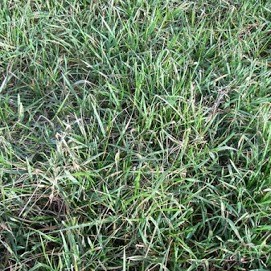 |
| 90% Density | 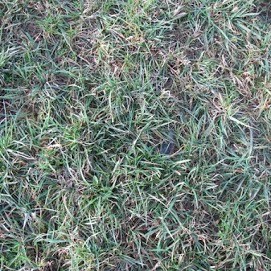 |
| 80% Density | 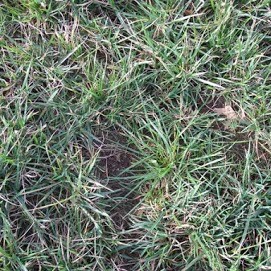 |
| 70% Density | 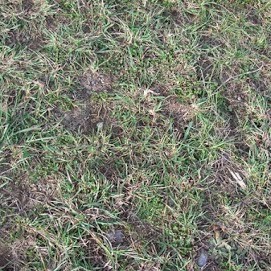 |
| 60% Density | 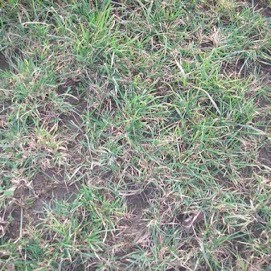 |
| < 50% Density | 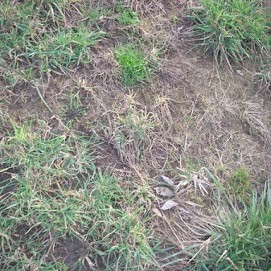 |
| Saturated (No Application) |
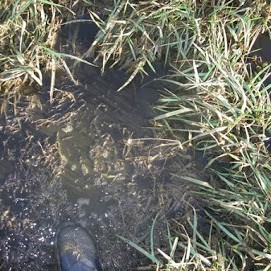 |
Courtesy Whatcom Conservation District
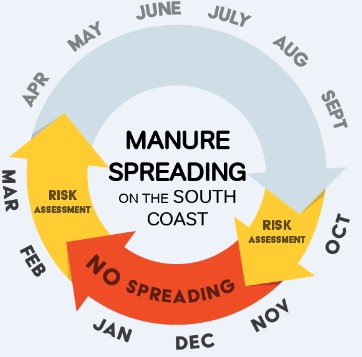
The BC Application Risk Management tool can be used to complete a risk assessment.
Contact information
AgriService BC
Have a question? Call or email and ask for a soil or nutrient management specialist to assist you.
Telephone: 1 888 221-7141
E-mail: AgriServiceBC@gov.bc.ca
